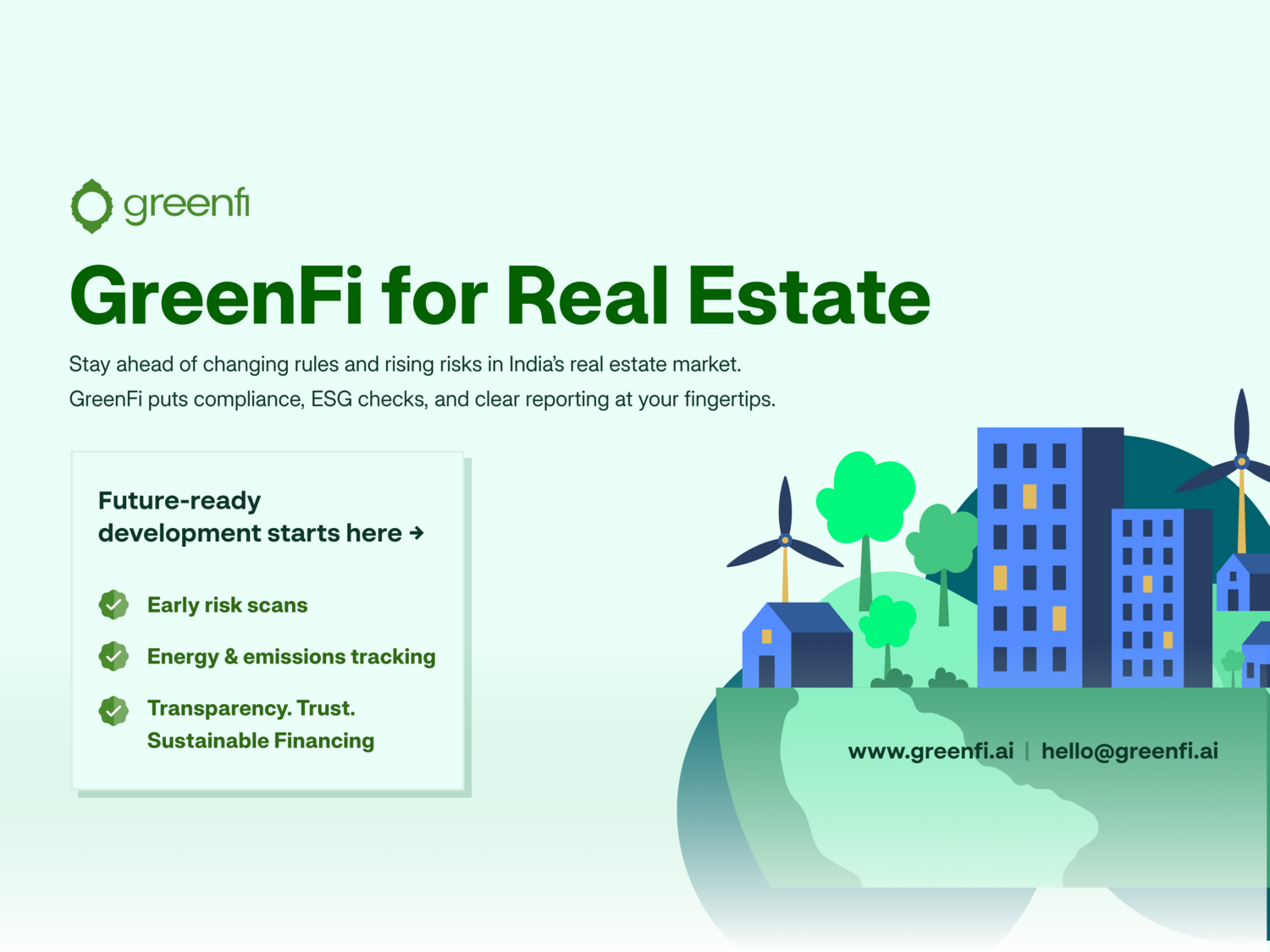In today’s global economy, supply chains have become critical points of ESG scrutiny, driven by regulations like the EU’s Corporate Sustainability Due Diligence Directive (CSDDD). This directive requires companies to identify and disclose environmental and human rights risks across all supplier tiers, making them accountable for issues even several layers deep.
As ESG risks increasingly originate beyond direct operations, ensuring full supply chain transparency and compliance is essential to avoid legal, reputational, and operational consequences.
What is the CSDDD and Why It Matters
The EU’s Corporate Sustainability Due Diligence Directive (CSDDD) mandates that large companies operating in or doing business with the EU conduct comprehensive due diligence to identify and mitigate adverse environmental and human rights impacts throughout their entire supply chains. This includes suppliers at tier 1, 2, and 3 levels. Failure to comply can result in significant legal repercussions in addition to reputational harm.
The directive requires companies to:
- Assess and address risks related to environmental damage, human rights abuses, and labor violations across all supplier tiers.
- Apply the requirements to both EU-based and non-EU companies with significant EU operations.
- Produce auditable, traceable disclosures as proof of compliance.
This regulatory framework has heightened the need for thorough supply chain transparency and accountability.
The Hidden Gaps in Traditional ESG Tools
Despite growing awareness of supply chain risks, fewer than 10% of tech companies have responsible sourcing policies extending beyond their tier 1 suppliers. The reason lies in the limitations of traditional ESG monitoring tools, which largely depend on:
- Supplier self-reporting, which can be incomplete or unverifiable.
- Third-party certifications that may be outdated or only partially relevant.
- Top-level ESG ratings that offer limited insight into deep supply chain issues.
These methods are largely reactive and fail to capture real-time risks. Unpredictable challenges such as geopolitical tensions, forced labor allegations, and raw material shortages often emerge suddenly, making timely and accurate data critical.
GreenFi’s Role in Advancing ESG Supply Chain Risk Management
GreenFi empowers companies to manage ESG risks more effectively with real-time insights across all supplier tiers. By using AI and analytics, it uncovers actual on-ground conditions—not just what suppliers report.
- Risk Mapping Across All Tiers: Gain visibility into ESG risks across tier 1, 2, and 3 suppliers for a complete value chain overview.
- Real-Time ESG Monitoring: Track labor practices, emissions, water use, and deforestation in real time to detect issues early.
- Automated Compliance Reporting: Easily generate disclosures aligned with regulations like the EU CSDDD and UFLPA.
- Verified Supplier Scoring: Assess suppliers using trusted, data-driven ESG scores—not self-reported claims.
- Early Risk Alerts: Receive timely notifications of emerging risks to enable fast, proactive responses.
By adopting this proactive approach, companies can not only ensure compliance but also turn supply chain transparency into a competitive advantage.
Key Features of GreenFi for ESG Supply Chain Monitoring
GreenFi equips organizations with the tools needed to gain full visibility and control over ESG risks across their global supply networks. The platform enables:
- Comprehensive Risk Mapping: Identifies environmental and social vulnerabilities across tier 1, 2, and 3 suppliers, providing a complete view of risks throughout the value chain.
- Real-Time ESG Monitoring: Provides instant alerts for compliance issues, labor violations, deforestation, and other critical concerns, enabling timely and informed decision-making.
- Automated, Regulation-Aligned Reporting: Simplifies the creation of disclosures that comply with frameworks such as the CSDDD and UFLPA, ensuring audit-ready documentation.
- Supplier Performance Scoring: Evaluates suppliers using verified, real-world ESG data instead of relying on self-reported information or outdated certifications.
With dynamic dashboards and global coverage, GreenFi turns supply chain ESG risk management into a strategic advantage.
The Supply Chain is Your ESG Battlefield
The supply chain is no longer just a logistics function—it is now a strategic front in ESG risk management. With tightening regulations and heightened expectations, companies that lead will be those that:
- Prioritize ESG as a core business strategy.
- Move beyond static compliance to real-time visibility.
- Partner with platforms like GreenFi to drive transparency, accountability, and resilience.
Driving Sustainable Value Creation Through GreenFi
As global regulations tighten and stakeholders demand greater transparency, your supply chain can either be your biggest ESG risk or your strongest asset. GreenFi.ai empowers organizations to transform ESG risk management from a challenge into an opportunity for leadership and competitive advantage.
Ready to turn your supply chain into an ESG strength? Contact us at hello@greenfi.ai.










































